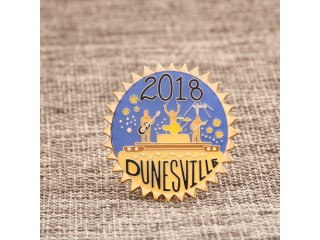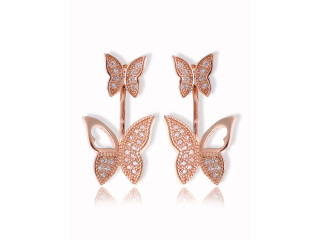All About Sewing Machines
2 years ago Fashion San Antonio 0.9K views Reference: 44796Location: San Antonio
Price: Contact us
Prior to the invention of sewing machines, clothes and other materials were sewn by hand. Hand sewing is an art form that was practiced over 20,000 years ago. During those days, sewing needles made of bone or animal horns and thread made of animal sinew were used. In the beginning of 14th century, iron needles were invented and later in the 15th century eyed needles were introduced.
It is believed that the first known attempt for a workable sewing machine was framed in 1790 by Thomas Saint. In 1800, sewing machine was invented and by the mid-nineteenth century it became popular among the public. After Thomas Saint, various attempts were made for inventing a sewing machine. But, all of them turned unsuccessful.
In 1830, Barthlemy Thimonnier-a French tailor- came out with the first functional sewing machine. It used only one thread and a hooked needle for a chain stitch. Later in 1834, Walter Hunt came with an idea for double-thread sewing machine and it was regarded as America's first successful sewing machine. The machine devised by Walter Hunt was a straight-seam sewing machine that used reciprocating eye-pointed needle and an oscillating shuttle.
Following Walter Hunt, Elias Howe developed a machine which had the same features as that of Hunt's sewing machine. After Elias Howe, Isaac Merit Singer patented a similar machine and was regarded as the first commercially successful machine. Singer's machine included a straight eye-pointed needle and transverse shuttle, a table to support the cloth horizontally, a vertical presser foot to hold the material against the upward stroke of the needle, and an overhanging arm to hold the presser foot. Instead of a hand crank, Singer's machine used a foot treadle similar to that of a spinning wheel. Helen Augusta Blanchard, Allen Wilson, John Bradshaw, Charles Miller, and James Edward Allen Gibbs were the other contributors who produced a remarkable framework for sewing machines.
Types of Sewing Machines
There are three types of sewing machines- mechanical sewing machines, electronic sewing machines, and computerized sewing machines. Since their introduction in 1800 till 1960's, all sewing machines were mechanical. Mechanical sewing machines are controlled by a rotary wheel. They have knobs and dials to make changes in the tension or the length or width of the stitch.
Lockstitch sewing machines make use of a hook and a bobbin thread to create stitch patterns, whereas chain stitch machines use a looper to form stitches. One of the major drawbacks of chain stitching is that it is very weak and the stitch can easily be pulled apart. In addition to lock stitching and chain stitching machines, there are blind stitch and buttonhole-and-button-sewing machines that use a spreader to create stitches.
Mechanical sewing machines are less expensive and are the simplest type of sewing machine in terms of build. Bernina 1008, Kenmore 11101, Singer 6038, Elna 2005, Kenmore Mini, Kenmore 15212, and Sears Kenmore 15218 are some of the mechanical sewing machines available in the market.
By the year 1970, electronic sewing machines became popular. There are more features in an electronic sewing machine than in a mechanical sewing machine. Instead of turning knobs or dials, electronic sewing machines use button to adjust length or width of the stitch. Electronic sewing machines have motors; each one is assigned with a specific task and is run by electricity. Singer 7442, Singer 7462, Singer CE-100 Futura, Elna 3230, and Janome Decor Excel 5124 are some instances of electronic sewing machines.
Another type is the computerized sewing machine, which is very fast and easy to use. Computerized sewing machines are similar to electronic sewing machines. They use the same chips and stepper motors that are used in electronic machines. Besides, they posses a microprocessor which helps the sewing machine to accept new information in a card form and create stitching patterns based on the information loaded in the card. Singer CE-200 Quantum Futura, Singer Quantum XL-6000, Brother SE270D, and Janome 8080 are some examples of computerized sewing machine.




